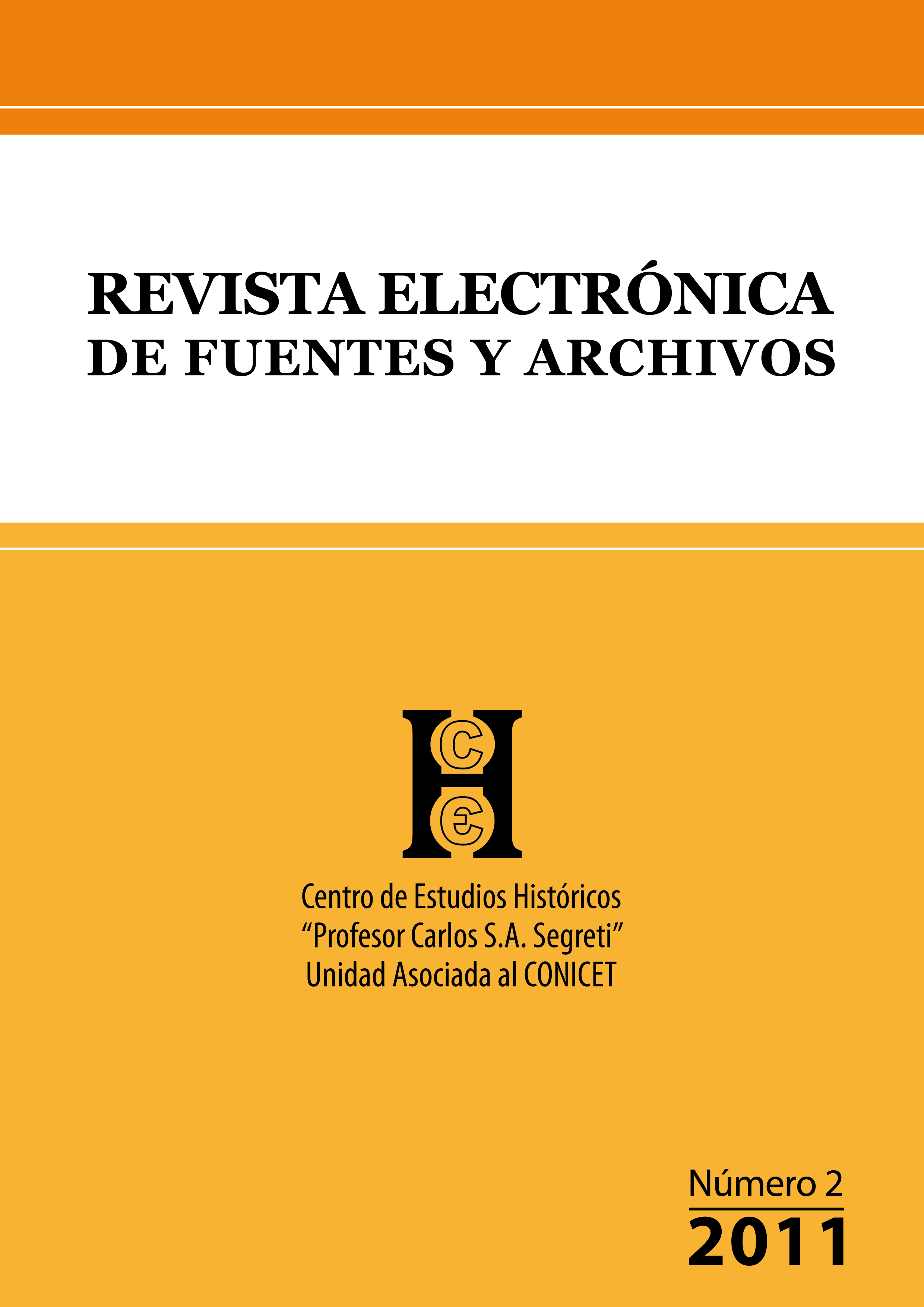A curious figure to seduce: the middle class in the discourse of an anarcho-bolshevik magazine.
Keywords:
Speech, Anarcho-Bolshevik, Context, Middle classAbstract
Will make a semantic and pragmatic analysis of the speech to the middle class from the magazine Quasimodo in november 1921. Recognize the functions performed by the speech act in particular, the discursive strategies and the circumstances surrounding it, whether linked to the ideological imprint of the publication or the socio-historical context. In this sence, we distinguish three parts in the analysis: the social upheaval of the moment, the anarcho-Bolshevik orientation of the magazine and, especially, the characteristics assigned by the narrator to the middle class. We stress that the ultimate purpose of the speech was to make this class in an agent of social change in favor of the proletariat.
Downloads
References
ADAMOVSKY Ezequiel, Historia de la clase media argentina. Apogeo y decadencia de una ilusión, 1919-2003, Buenos Aires, Planeta, 2009.
BARRANCOS Dora, “Anarquismo y sexualidad”, Diego ARMUS (comp.), Mundo urbano y cultura popular. Estudios de historia social argentina, Buenos Aires, Sudamericana, 1990.
DOESWIJK Andreas, “Entre camaleones y cristalizados. Los anarco-bolcheviques rioplatenses, 1917-1930”, Revista de Historia, Universidad del Comahue, núm.10, 2005, pp. 191-194.
FOUCAULT Michel, La arqueología del saber, México, Siglo XXI, 1970.
REYES Graciela, Polifonía textual, Madrid, Gredos, 1984.
TARCUS Horacio, “Revistas, intelectuales y formaciones culturales izquierdistas en la Argentina de los veinte”, Revista Iberoamericana, vol. LXX, núms. 208-209, julio-diciembre 2004, pp. 749-772.
VAN DIJK Teun, La ciencia del texto. Un enfoque interdisciplinario, Buenos Aires, Paidós, 1989.
Downloads
Published
Issue
Section
License
Copyright (c) 2011 Cintia Manocchi

This work is licensed under a Creative Commons Attribution-NonCommercial-ShareAlike 4.0 International License.
Se puede compartir (copiar y redistribuir el material en cualquier medio o formato) y adaptar (remezclar, transformar y construir a partir del material), siempre que: a) se cite la autoría y la fuente original de su publicación (revista, editorial y URL de la obra); b) no se use con fines comerciales; c) la distribución de las obras derivadas se haga con una licencia igual a la que regula la obra original.




















